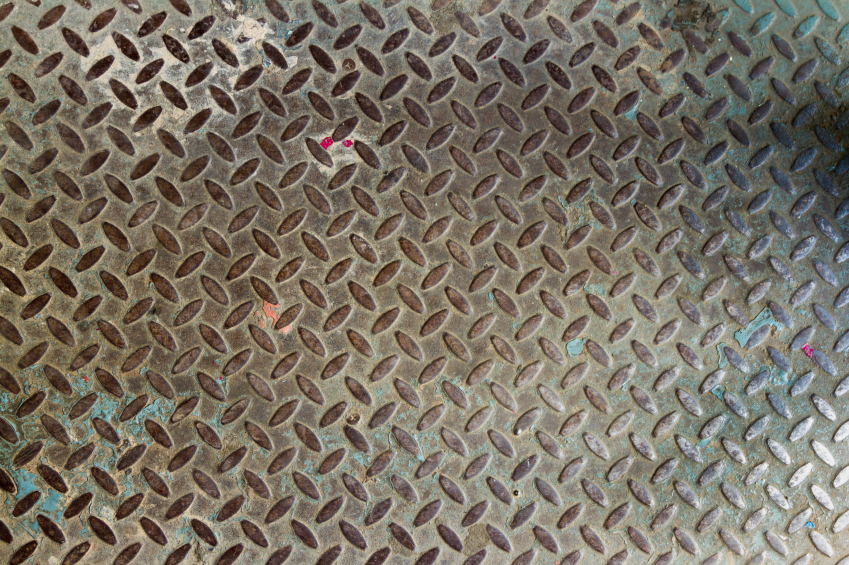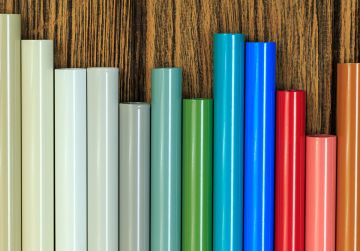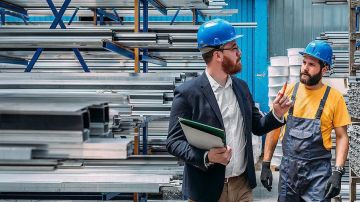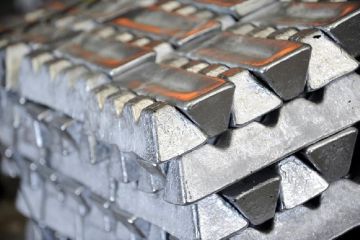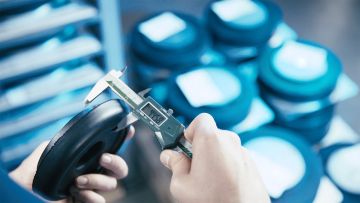The aging section is a post-extrusion heat treatment process used for certain heat-treatable aluminum alloys to further improve their mechanical properties. Aging is an essential step in the aluminum extrusion production process, especially when producing profiles from alloys such as 6xxx and 7xxx series, which respond well to this treatment. The aging process involves subjecting the extruded profiles to controlled heat and holding them at a specific temperature for a set period. There are two primary types of aging: natural aging and artificial aging.
Natural Aging:
- Process: Natural aging, also known as room temperature aging or precipitation hardening, occurs naturally over time at room temperature after the extrusion process. During natural aging, certain alloying elements within the aluminum alloy form precipitates, which contribute to an increase in strength and hardness of the profiles. This process is relatively slow, and it may take several days or weeks to achieve the desired mechanical properties.
- Application: Natural aging is more common for aluminum profiles used in applications where accelerated strength development is not critical, and extended periods are acceptable for achieving the desired properties. It is often used in extrusions intended for non-critical structural components, architectural applications, or when profiles are not time-sensitive.
Artificial Aging (Precipitation Hardening):
- Process: Artificial aging, also known as precipitation hardening or solution heat treatment followed by aging, involves a two-step process. First, the extruded profiles are heated to a specific temperature in a solution heat treatment furnace. This temperature is usually just below the melting point of the alloy, where the alloying elements dissolve into the aluminum matrix. Then, the profiles are quickly quenched in water or air to "freeze" the dissolved elements in a supersaturated state.
- Second, the quenched profiles are aged at a lower temperature in an aging furnace. During aging, the alloying elements precipitate and form finely dispersed particles within the aluminum matrix, leading to an increase in strength and hardness. Artificial aging is a more controlled and rapid process compared to natural aging, and it allows for precise control of the mechanical properties of the profiles.
- Application: Artificial aging is commonly used for aluminum profiles required in critical structural applications, aerospace components, automotive parts, and other high-performance applications. It allows manufacturers to achieve the desired strength and mechanical properties within a shorter timeframe, making it more suitable for time-sensitive projects.
The choice between natural aging and artificial aging depends on the specific aluminum alloy, the required mechanical properties, and the application of the extruded profiles. Aging is an important step in the production of heat-treatable aluminum extrusions, as it enables manufacturers to tailor the material to meet the specific performance requirements of different industries and applications.
 EN
EN
 NL
NL DE
DE
